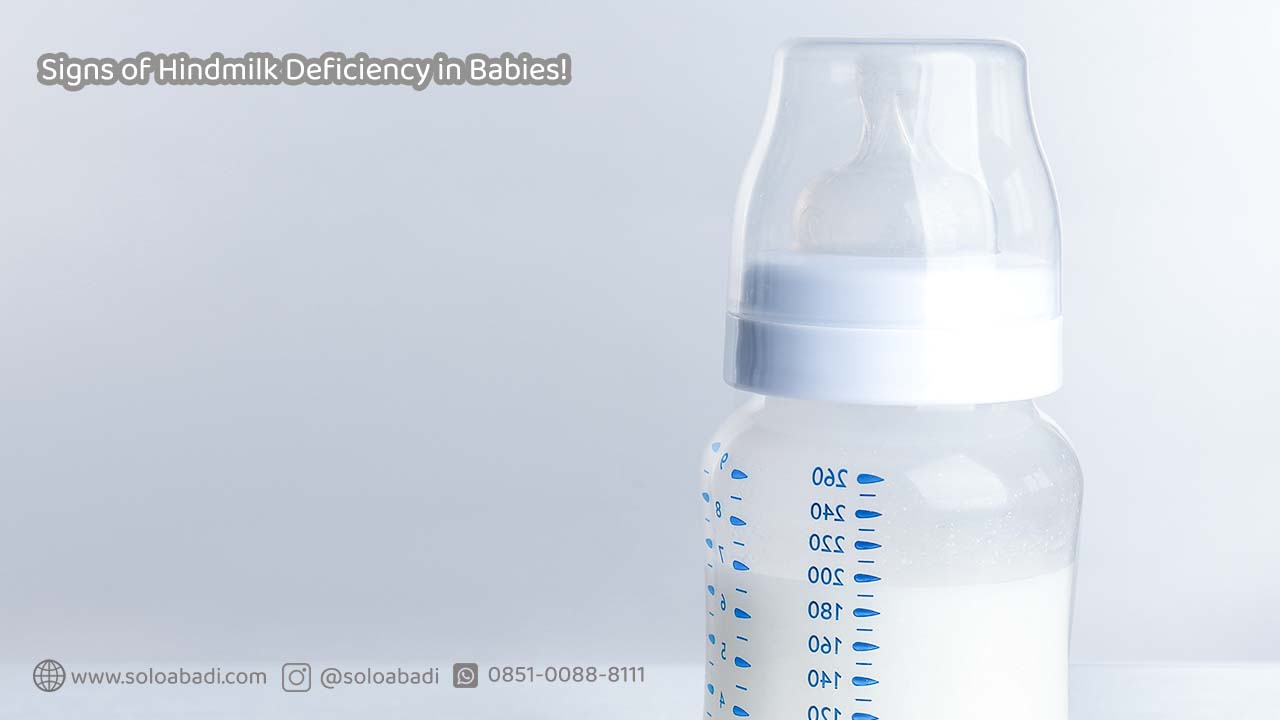In the course of breastfeeding, it is important for mothers to understand their baby’s needs and the signs of hindmilk deficiency that may appear. Hindmilk, which is produced in the later stages of breastfeeding, is rich in fats and other essential nutrients that are important for the baby’s growth. However, sometimes, babies may not get enough hindmilk, which can lead to several health issues.
What is Hindmilk?
Hindmilk breast milk is the last portion of breast milk produced during a breastfeeding session. Hindmilk has a higher fat content than the early part of breastmilk called foremilk. The high fat content in hindmilk is essential for the growth and development of the baby as it provides the energy needed for the growth of brain cells and the body as a whole. Hindmilk is also rich in other essential nutrients, such as proteins, vitamins and minerals, which support the immune system and overall health of the baby.
Signs of Hindmilk Deficiency in Infants
- Baby Breastfeeds Frequently
One of the main signs of hindmilk deficiency is if the baby breastfeeds frequently for a short period of time. This may indicate that the baby is not getting enough fat and nutrients from the hindmilk, so it needs to nurse frequently to try to meet its nutritional needs. - Green and Foamy Stools
A baby’s green, foamy stools could be a sign that the baby is not getting enough hindmilk. Fat-rich hindmilk can give baby’s stools a yellow or golden color, so green stools may indicate a lack of hindmilk consumption. - Whining or Fussy Baby
Babies who whine or fuss after feeding may be experiencing unfulfilled hunger due to not getting enough hindmilk. They may keep looking for food to try to get the required nutrients. - Weight Loss
If the baby does not gain weight after five days or starts to decline again after that, this could be a sign that the baby may not be getting enough hindmilk.
Strategies for Overcoming Hindmilk Milk Deficiency
- Allowing babies to breastfeed longer at each session can help them achieve richer hindmilk. Avoid changing sides too quickly and let the baby suckle until completely satisfied.
- Using a breast pump after breastfeeding can help ensure that the baby gets enough hindmilk. Avoid using the breast pump too often, but try using it occasionally to extract more fat.
- Make sure breastfeeding mothers maintain a balanced and adequate diet, as the nutrients consumed by the mother have a direct effect on the quality of breast milk produced.
- Monitor baby weight growth with a digital baby scale because this tool is the most effective tool for monitoring child growth. One of the digital baby scales is Solo Abadi production which has the following advantages:
- Efficient for baby body measurements and prioritizes data accuracy, making it easier to assess children’s growth and development.
- This product has AKD and TKDN certification, which shows the company’s commitment to using local materials and high-quality products.
- The kit is easy to use and has features that make it easy to take measurements.
By understanding the signs of hindmilk deficiency and taking appropriate strategies, mothers can help ensure that babies get adequate nutrition and optimal growth. It is always important to consult a healthcare provider with any concerns or questions about breastfeeding patterns and baby’s health.
Get the Digital Baby Measurement product produced by Solo Abadi as the best tool to monitor your child’s growth through our official Whatsapp.
Created by : Dea Ayu Permata Sari (Applied Communication, Sebelas Maret Univercity)
Read More : Cara Pilih Timbangan Bayi Elektrik Yang Tepat, Jangan Sembarangan!


